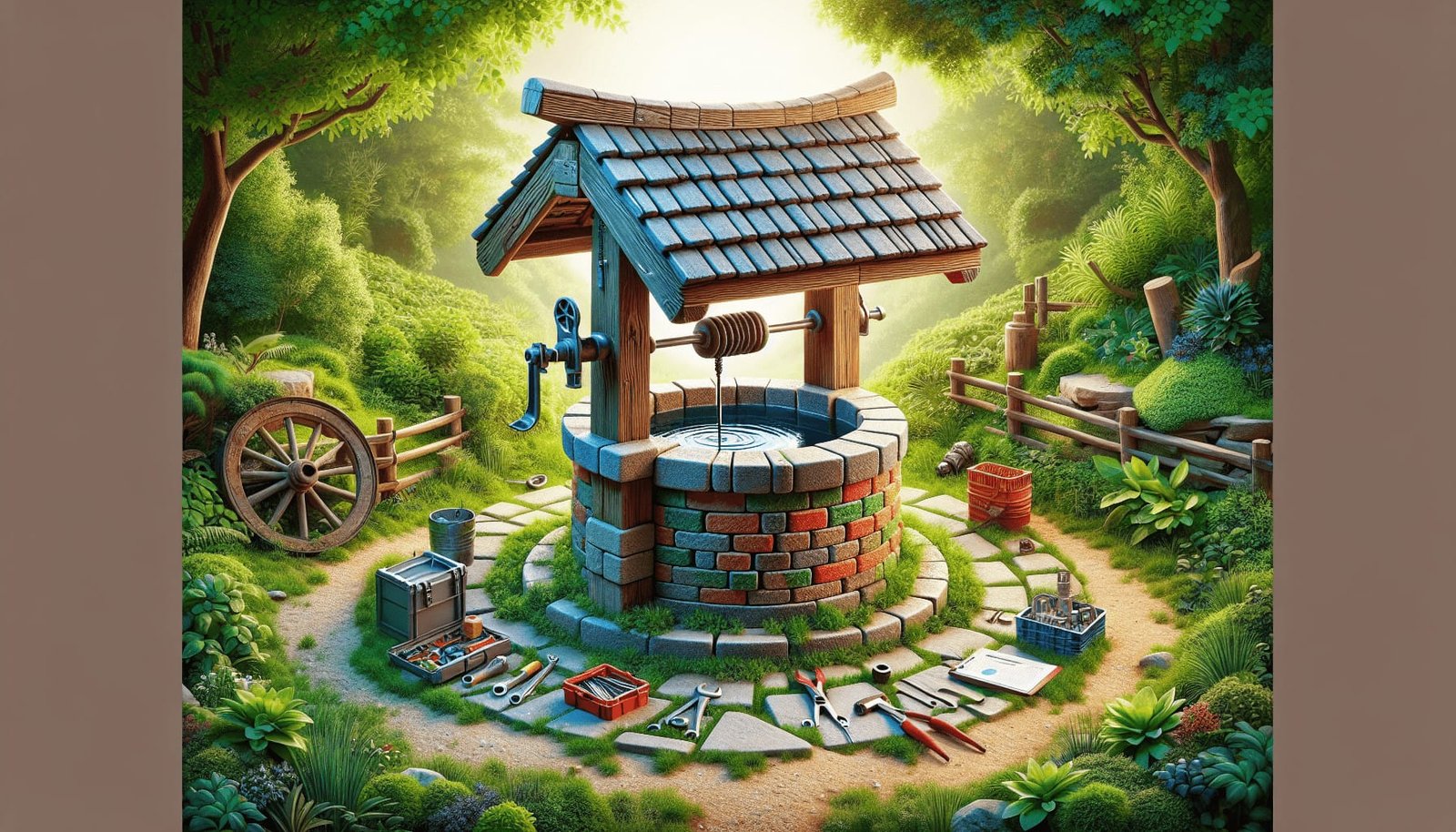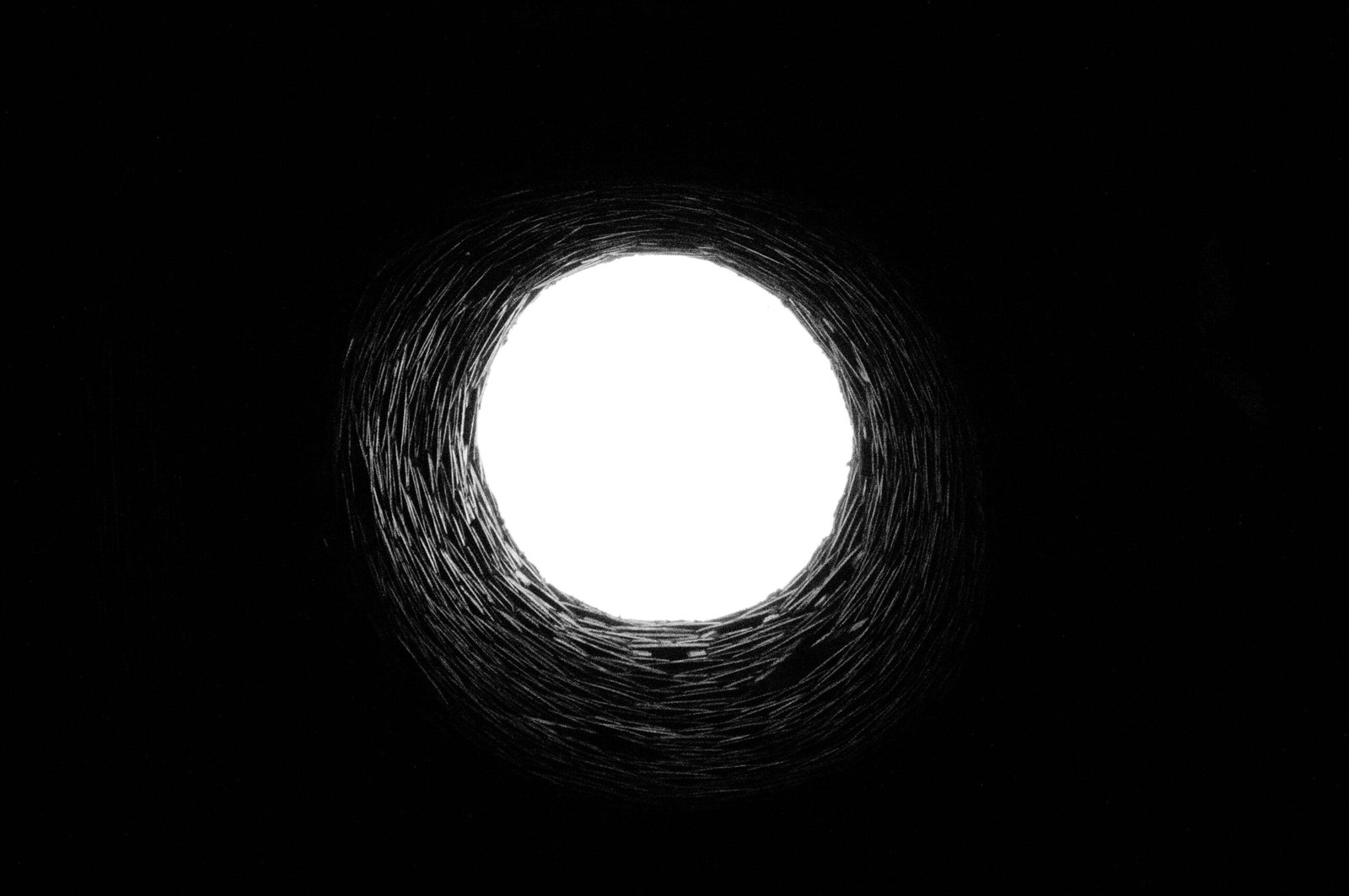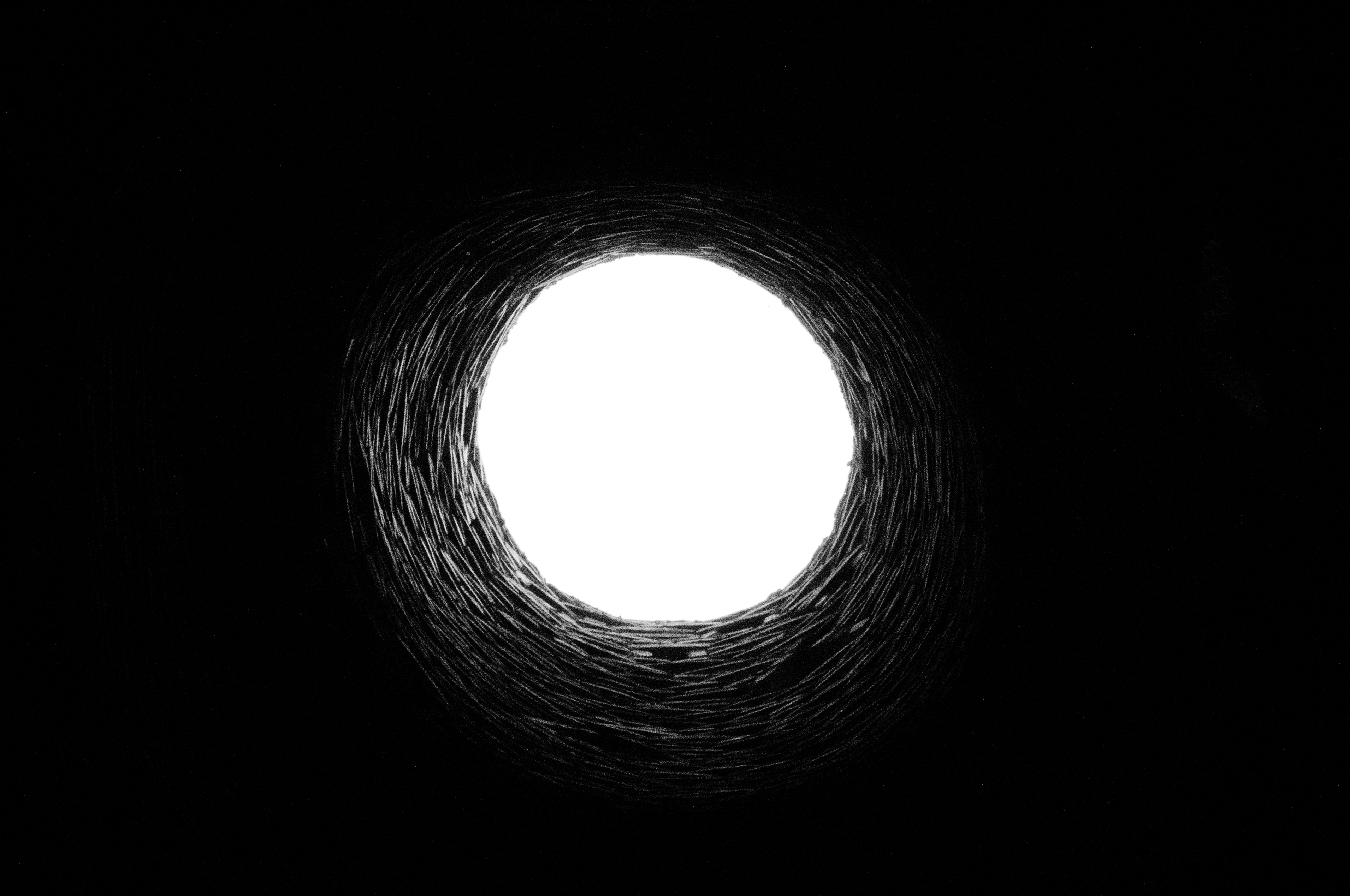Do you often wonder what should be inspected during routine well maintenance? Keeping your well in optimal condition is crucial for ensuring a consistent supply of clean water. Understanding the key aspects to inspect can save you time, money, and a lot of hassle in the long run.
Understanding the Basics of Well Maintenance
Before diving into the specifics of what needs to be inspected during routine well maintenance, it’s important to grasp the basics of well operation and why maintenance is essential. Wells are sophisticated systems that pull water from underground aquifers. They rely on a combination of parts including the well pump, casing, and pressure system to function smoothly.
Why is Routine Maintenance Important?
Routine maintenance not only helps in preventing potential malfunctions but also prolongs the lifespan of your well system. Regular check-ups ensure that the water remains safe and potable and can help in identifying minor issues before they turn into costly repairs.
Frequency of Routine Well Inspection
One of the first questions you might have is how frequently you should inspect your well. While annual inspections are generally recommended, more frequent checks may be necessary depending on the local groundwater conditions or if you notice a change in water quality.
Key Components to Inspect During Maintenance
Knowing what to look for during a well inspection can make the process less daunting. Let’s break down the inspection into key areas to ensure a thorough evaluation.
Well Pump
The well pump is an essential component that requires attentive inspection. It’s the mechanism responsible for drawing water from the underground sources.
- Check the Sounds: If the pump makes unusual noises, it might indicate a problem. Grinding or screeching noises could signal worn-out bearings or other internal issues.
- Vibration Levels: Excessive vibrations can suggest that the pump isn’t seated properly or that it’s experiencing motor issues.
- Testing Performance: Ensure the pump is delivering water at the correct pressure. Low water pressure can be a sign of a failing pump or blockage in the system.
Well Casing and Cover
The well casing and cover protect the water supply from external contaminants like surface water and debris.
- Inspect for Cracks or Corrosion: These physical damages can allow contaminants to enter your well.
- Water Tightness: Check the seal and fit of the well cover to make sure it’s watertight.
Pressure Tank
The pressure tank helps maintain water pressure throughout your home and ensures smooth water delivery.
- Examine for Leaks or Rust: Any sign of moisture or corrosion might indicate a failing tank.
- Pressure Switch Testing: The tank’s pressure switch should be checked to ensure it’s operating within the correct range.
Electrical Connections
Faulty or outdated electrical connections can result in pump failure or unsafe conditions.
- Inspect Wires for Wear or Damage: Ensure that all connections are intact and free from corrosion.
- Test Circuit Breaker: Regularly test the breaker to ensure it’s functioning properly and not tripping unnecessarily.
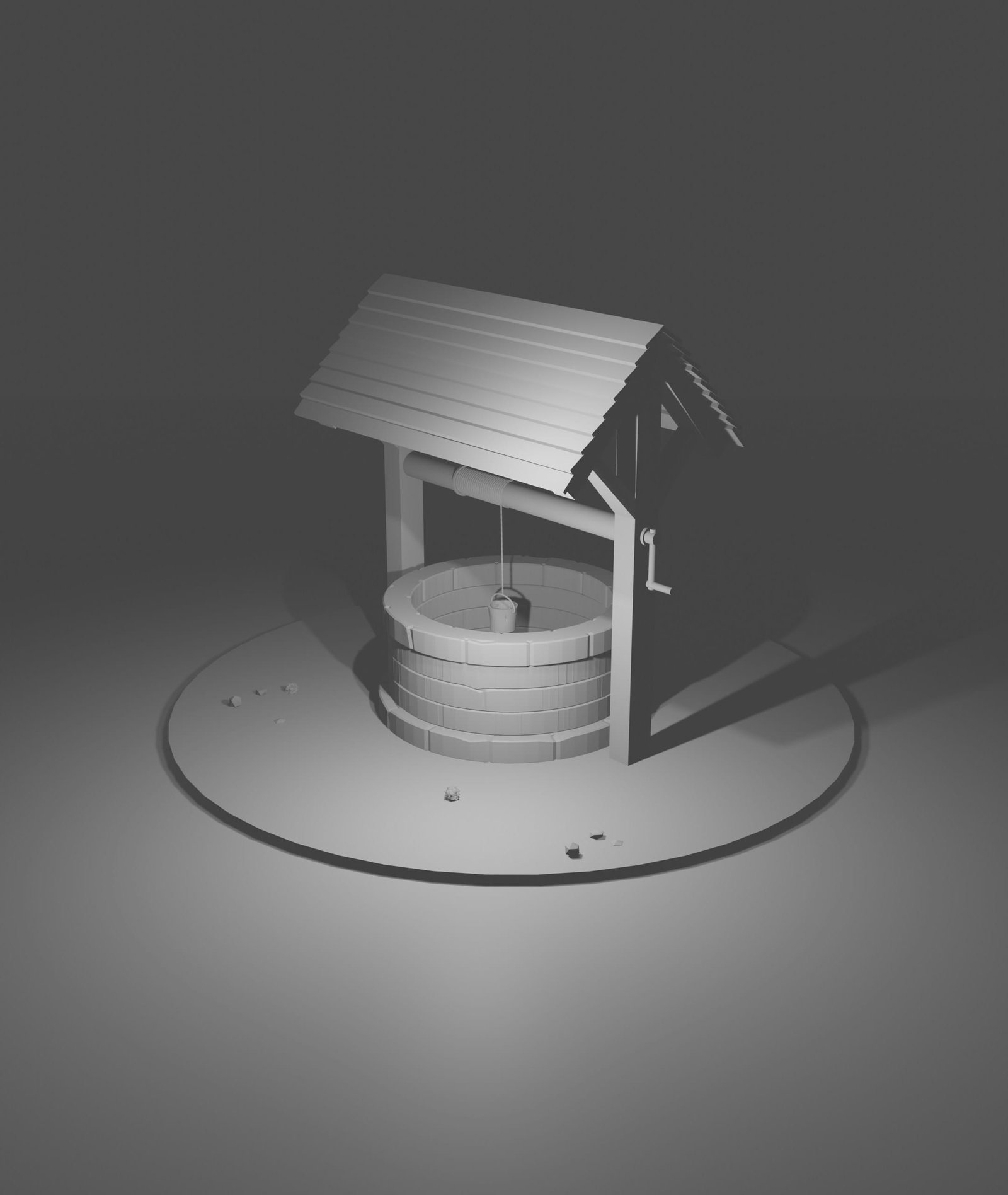
Water Quality Testing
A vital part of well maintenance is ensuring the water is safe to drink. Water quality testing is recommended annually at a minimum, with more frequent tests if there’s a noticeable change in taste, color, or smell.
Common Contaminants
Various contaminants can affect well water, including bacteria like coliform and E. coli, as well as chemicals such as nitrates and lead.
- Bacterial Testing: Ensure tests for bacteria are part of your routine maintenance, especially if you have a private well.
- Chemical Testing: Test for the presence of heavy metals, pesticides, or herbicides, especially if you’re in an agricultural area.
Schedules for Testing
A regular schedule helps in staying ahead of potential contaminants.
- Annual Testing: Full spectrum tests once a year.
- After Repairs or Flooding: Additional tests after any repair work or significant weather events that could impact well integrity.
Addressing Common Well Issues
Understanding the common issues that can arise with wells can help you in taking corrective actions swiftly.
Air in the Water Lines
If you notice air spitting from the faucets, it could indicate a problem with the pump or a crack in the pipes.
Reduced Water Flow
Decreased water flow can result from sediment build-up, pump issues, or even problems with the pressure tank.
Cloudy or Discolored Water
This could be a sign of contamination or issues with the well casing. Sediment might be leaking into the water supply, requiring immediate inspection and addressing of the contamination source.
Unusual Smells or Tastes
These could be signs of bacterial contamination or the presence of minerals like iron and manganese. Proper water testing should identify the source, followed by appropriate treatment actions.
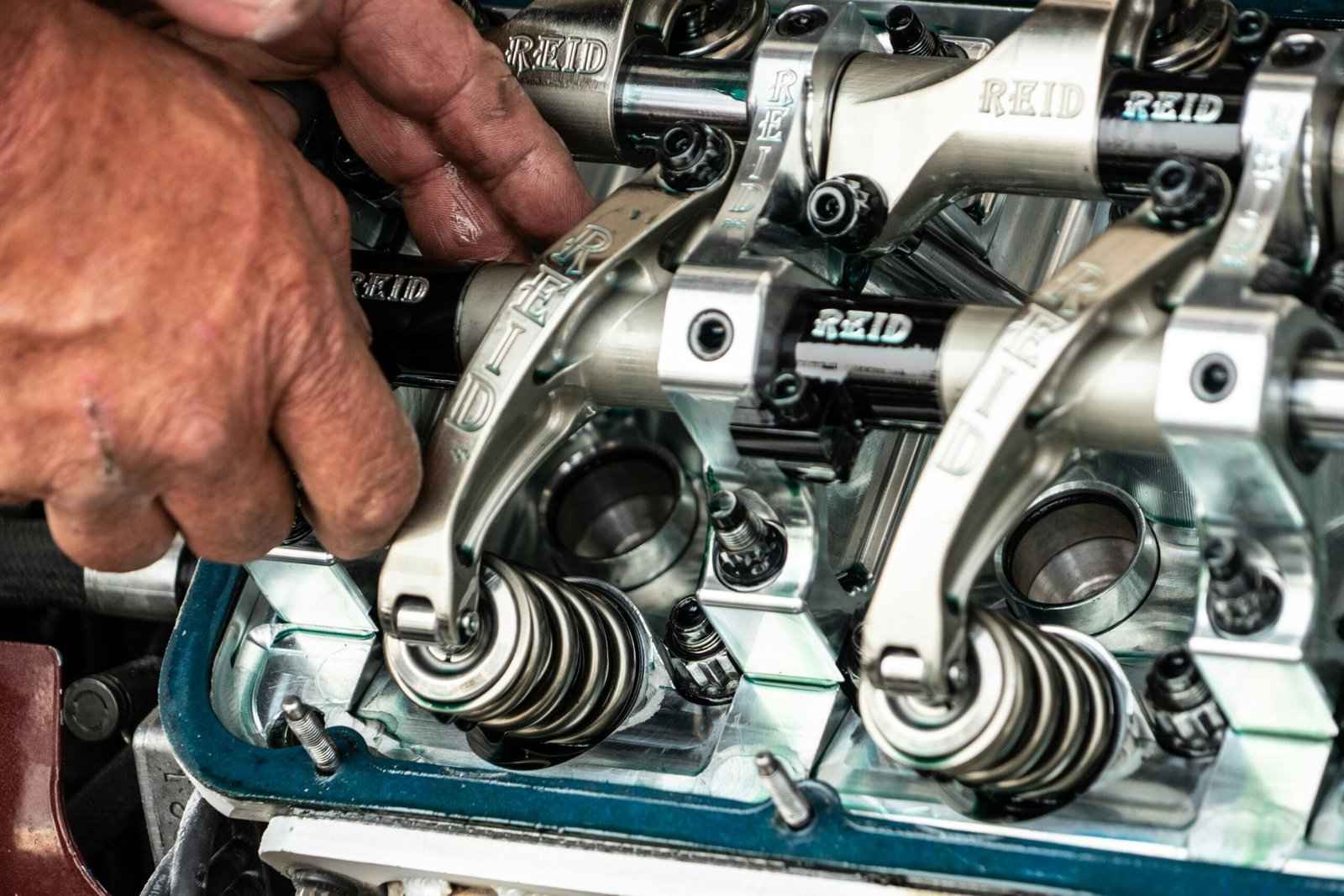
Maintenance Tips for Homeowners
Keeping your well in peak condition involves a few practical steps that can be easily followed.
Regular DIY Inspections
While professional inspections are irreplaceable, a simple monthly walkaround can help spot issues early. Look for any visible damage, standing water around the well cap, or any changes in your water’s appearance.
Keep the Area Around the Well Clean
Ensure the wellhead is at least 12 inches above the ground and clear of debris, plants, and roots which can potentially compromise the structure.
Maintain a Consistent Schedule
Stick to a stringent maintenance schedule for both professional check-ups and your own inspections. Consistency helps in prolonging the life of your well system.
When to Contact a Professional
Even with regular self-inspections, certain situations necessitate professional intervention.
Complex Repairs
Issues like pump replacement or significant repair work should always be handled by a certified technician to ensure safety and proper function.
Persistent Water Quality Issues
If water quality tests consistently show contamination, it’s vital to get professional advice for treatment solutions and to identify the contaminant sources accurately.
Cost of Replacing a Well Pump
Understanding the costs associated with potential well repairs can help you in budgeting for maintenance and emergency services.
Factors Influencing Cost
Several factors can affect the price of replacing a well pump. These include the type of pump (submersible vs. jet), the depth of the well, the complexity of installation, and the region you’re located in.
Average Cost Range
On average, replacing a well pump can range from $900 to $2,500, including parts and labor. Complex installations or deep wells can increase this cost significantly.
Cost-saving Tips
To save on costs, regular maintenance is essential, as catching issues early can prevent the need for complete replacements. Investing in a quality pump with a good warranty can also reduce long-term costs.
Conclusion
Routine well maintenance is indispensable for ensuring a steady supply of clean, safe water in your home. By understanding what to inspect and addressing potential issues promptly, you can ensure the longevity and reliability of your well system. Remember, while some aspects of maintenance can be managed on your own, don’t hesitate to reach out to a professional when needed. Regular maintenance not only protects your water supply but also provides peace of mind.
